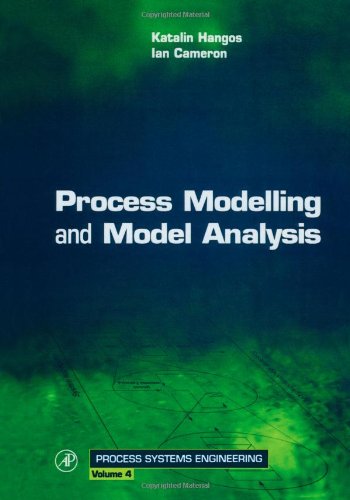Process Modelling and Model Analysis ebook
Par curtis gloria le lundi, juillet 18 2016, 22:46 - Lien permanent
Process Modelling and Model Analysis by George Stephanopoulos, Ian T. Cameron, John Perkins, Katalin Hangos


Process Modelling and Model Analysis George Stephanopoulos, Ian T. Cameron, John Perkins, Katalin Hangos ebook
Format: pdf
ISBN: 0121569314, 9780121569310
Publisher: Academic Press
Page: 561
Developing a model and using the same control system from development through manufacturing can improve process control. Professor Mark Steel, Bayesian statistics and econometrics. Dr Simon Spencer, Bayesian inference, stochastic processes and applied probability, MCMC methods. Consistency and asymptotic normality are proved for the resulting sending behavior in a corporate e-mail network. The Architecture of Information Systems group is doing research in the area of process modeling and analysis. To answer this question, a model is introduced for treating directed interactions as a multivariate point process: a Cox multiplicative intensity model using covariates that depend on the history of the process. Probability theory, random processes, stochastic analysis, statistical mechanics and stochastic simulation. I suggest modeling the processes you want to improve and do them in groups of three or one by one. Modeling processes is just one of the first steps. The analysis gives a precise quantification of which static shared traits and dynamic network effects are predictive of message recipient selection. If you are working on a model and have not built the preceding model(s) then you are not going to achieve a Quality outcome. Customization and innovation in business processes and the software that underlies them, are now core areas of competitive advantage. FOPDT Modeling of Process Response. It seems to me that business analysis has to be concerned with what affects the business. For the developer, this means that the joy of working with other With powerful modelling software it even becomes possible to use reverse modelling to provide architectural analysis, to refactor models with full impact analysis, and even to generate code from refactored models. In addition, the article will examine how PLS (for Partial Least Squares, or, if you prefer,Projection to Latent Structures) can be used to detect deviations in quality parameters and how Principle Component Analysis (PCA) can be used to determine abnormal conditions. Professor John Aston, Computational statistics, statistics for Measure-valued processes.